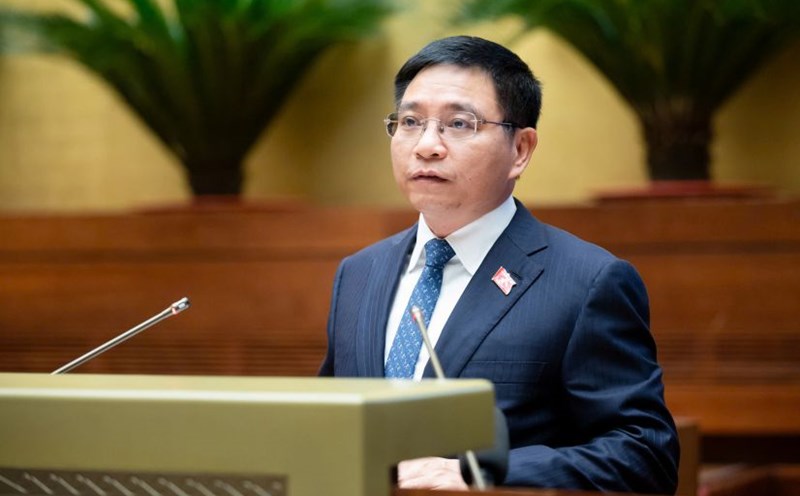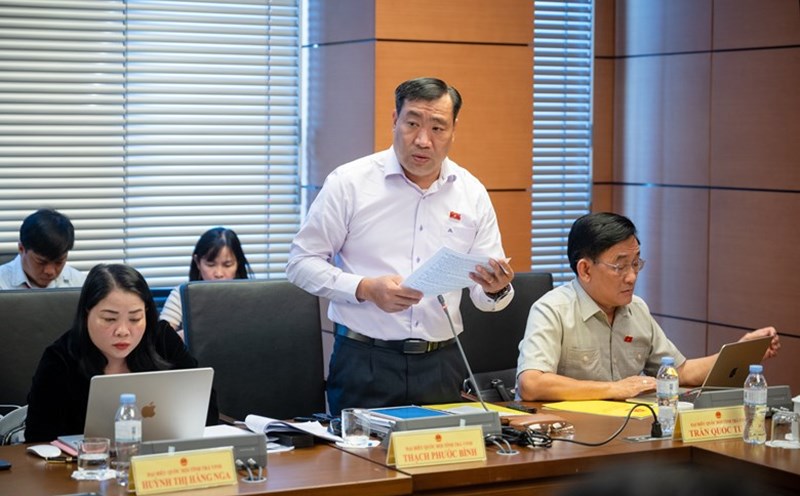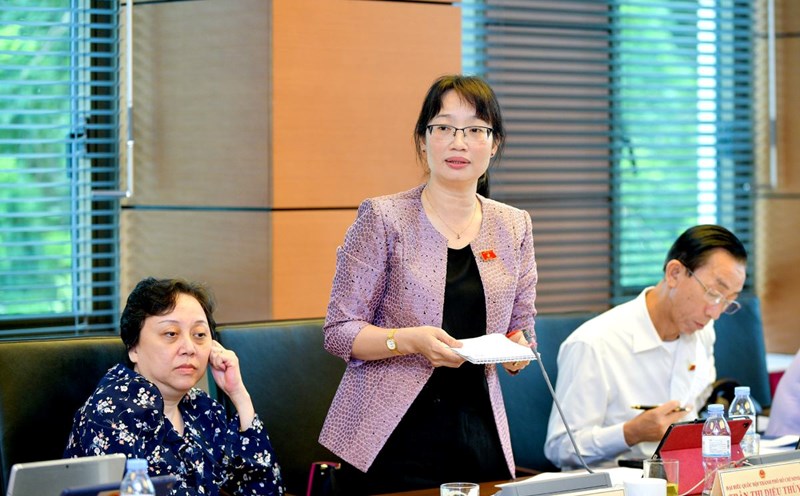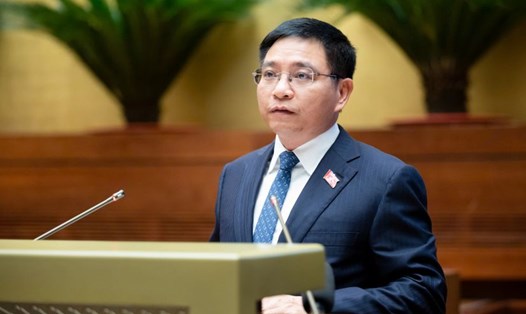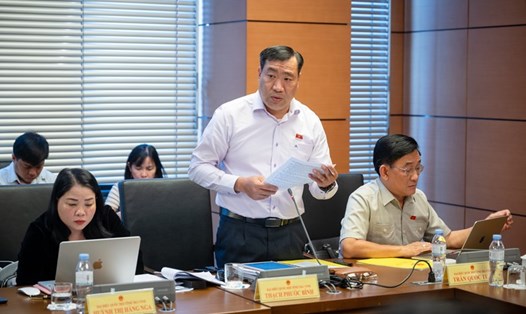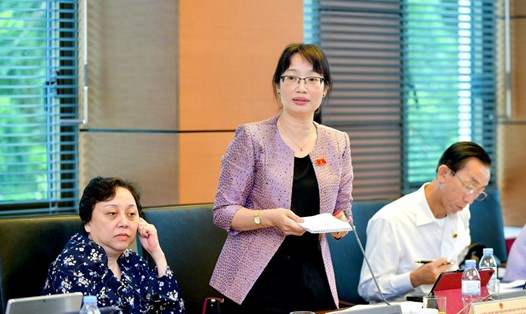Clarifying resource mobilization and capital balance
According to the schedule of the 2nd phase of the 8th Session, on the afternoon of November 20, the National Assembly will discuss in the hall the investment policy for the high-speed railway project on the North-South axis.
Delegate Nguyen Dai Thang (Hung Yen delegation) assessed that this is a project of exceptionally large scale, unprecedented. Meanwhile, the conditions, productivity, quality and competitiveness of our country's economy are not high..., the fundamental and supporting industries have not developed, have not achieved as expected. Railway transport is gradually losing its role, infrastructure is outdated, service quality is low and backward compared to the world and the region.
The Hung Yen delegation suggested that the Government should clarify the mobilization of resources, balance capital sources to complete the project, and clarify the selection of investment options suitable to Vietnam's current economic conditions to ensure the successful implementation and progress of the project. According to the delegate, in addition to budget capital and mobilized State capital, it is necessary to increase private investment resources.
Delegate Duong Khac Mai (Dak Nong delegation) pointed out that the implementation of urban railway projects in the past has encountered many difficulties, leading to increased capital and extended completion time. In fact, this problem often occurs in many public investment projects. Delegate of Dak Nong delegation also expressed concerns about the investment capital for the project. Accordingly, the Government needs to provide more information on the ability to arrange and balance capital to meet the demand.
“How much capital is allocated from the State budget, loans from both foreign and domestic sources, capital called for investment from domestic and foreign enterprises and other sources? From there, we can assess the debt repayment capacity and the endurance of the economy?...”, the delegate raised the issue. Next, the project needs to use a large amount of cement, steel, and sand over a long period of time, while in the coming time, there will be many highway construction projects and construction works being implemented simultaneously.
From the above analysis, delegates suggested that the Government should carefully study and evaluate each specific and detailed issue to find effective solutions to overcome these shortcomings to ensure the completion of the project according to the set plan.
Minimize loss and waste
Delegate Nguyen Phuong Tuan (Kien Giang Delegation) stated that the capital source for implementing this railway project mainly relies on loans and government bond issuance, but according to the State budget regulations, when mobilized, government bonds must be integrated into the central budget, not reserved for any specific project. If the project investment plan is agreed upon, the budget deficit will have to be reduced. Thus, this will affect the mobilization of foreign loans.
The delegate also noted that if our country does not master the technology, and when it comes time to replace machinery and equipment, we have to buy whatever the manufacturer sells it for, it would be a waste.
Delegate Le Hoang Hai (Dong Nai Delegation) stated that the pre-feasibility report stated that in the first 5 years of operation, the rate would be 50%, in the next 5 years it would be 60%, and in the following years it would be 70%. The delegate said that forecasting transportation demand requires studying the experience of implementing high-speed rail transport methods of previous countries as well as overcoming the limitations and shortcomings when implementing BOT projects in the past, avoiding wasting resources.
At the same time, the delegate suggested that the Government should clarify the expected progress by 2035, which items will be basically completed, which items are not yet completed, and from there propose a specific completion time frame so that the National Assembly has a basis for decision.
Delegates said that it is necessary to carefully evaluate the disbursement progress, material supply and raw material prices during the entire project implementation process, technology transfer, operation management, exploitation, maintenance and repair when organizing operations, and anticipate possible risks to have timely, feasible and effective solutions to minimize loss and waste.

